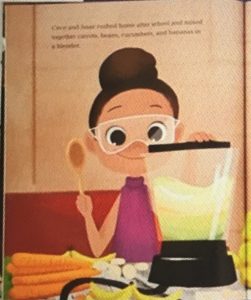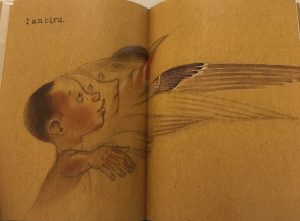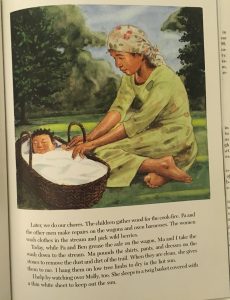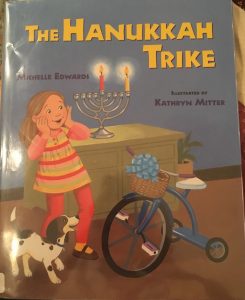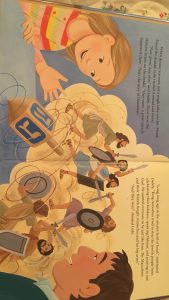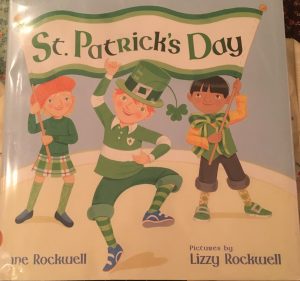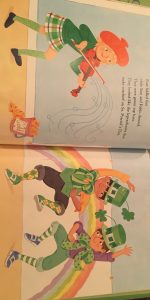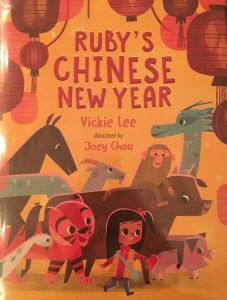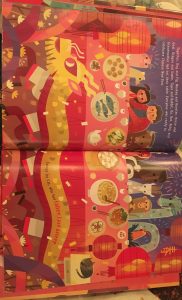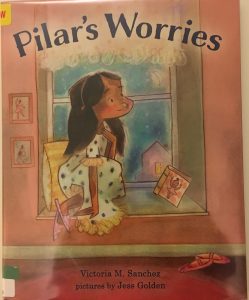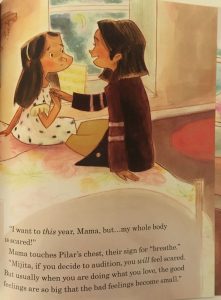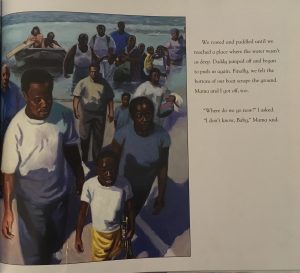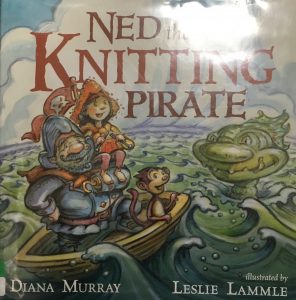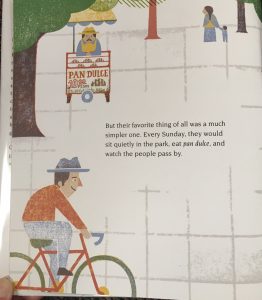Title: Cece Loves Science
Author(s): Kimberly Derting and Shelli R. Johannes
Illustrator/Photographer: Vashti Harrison
Publisher and Year: Greenwillow Books, 2018
Number of Pages: 30
Tags: Diversity, Family, Fiction, Picture Book, Science, K-5, Sarah Luce
Genre: Fiction
Descriptive Annotation:
Cece Loves Science contains a list of “science facts” in the back of the book that define terms from the story. Cece is a very curious child who creates a science experiment testing whether or not dogs will eat vegetables. After coming across an answer and not being satisfied, Cece and her partner edited the question they were testing and recreated the experiment to get a better result. Students would benefit from knowing a little bit about the scientific method.
Classroom Application:
This text could be used to reinforce science content that is taught in the classroom, especially if students are learning about the scientific method. Cece follows the scientific method by observing the dog and then creating an experiment from the observations. Students could discuss how closely Cece and her partner follow the scientific method.
Linguistic and Cultural Diversity Analysis:
Cece Loves Science portrays a biracial family as some of the main characters. The main character, Cece, is also another type of minority because she is a girl who is interested in science. Both of these facts play into different cultures that are represented in the book. Cece even takes the lead in the experiment, saying, “‘Let’s observe our subject’” (page 13). She and her partner take their experiment and tweak it, after Cece “remembered something Ms. Curie always said – scientists think outside the box” (page 22). I would ask the students how many of them like science and what their favorite part of the subject is.
Illustrations:

